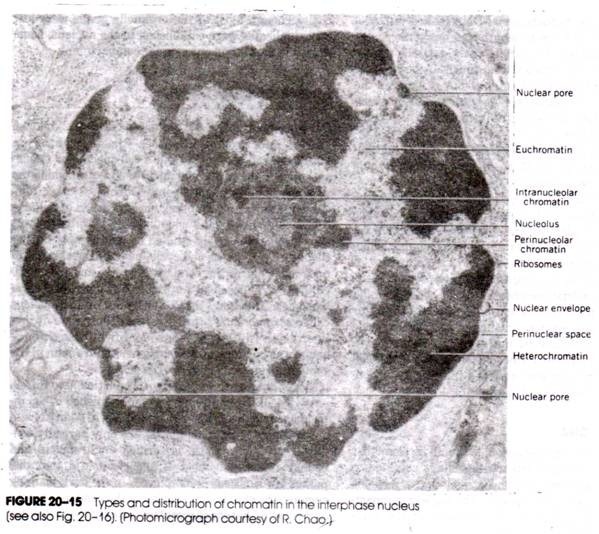In ecological terminology, the developmental stages of a community are known seral stages and the final stage as the climax community.
The initial community of the area which is replaced in time by a sequence of succeeding communities until the climax is reached, is called the pioneer stage.
The entire series of communities that is characteristic of a given site is called a sere (Fig. 4.8).
A sequence of seres is characterised not only by changes in the sets of populations present, but also by a progressive increase in the diversity of species and the total quantity of the living mass. The sequence of seres for a given region is often fully predictable, both with respect to the general types of population expected at each sere and to seral durations. On land, for example, a climax stage is often represented by a forest community. If the original physical environment is sand then the sequence of seres includes: soil- forming organisms (bacteria, lichens, mosses, fungi), annual grasses, perennial grasses, shrubs, and trees (Fig. 4.8).
Characteristic animal populations are associated with each of such seral plant populations. It can be shown that from sand to forest climax may take about 1000 years. If previously cultivated land is the starting condition, i.e., if soil is already present, then a grass climax may be attained in about 50 years, a forest climax in about 200 years. We may note here that successive generations of the same plant population gradually exhaust the soil in specific ways. Moreover, the dead bodies of plants add materials to the soil which often prove to be toxic to subsequent generations of the same plants. Thus, both specific exhaustion of soil and specific additions to it’s promote seral succession, not only among the plants but also among the animal populations dependent on them.
Classification of Seres:
Seres are classified primarily on the basis of the water content of the initial area in which they develop. The two main types are hydrosere and zerosere.
Hydrosere:
Successions beginning in ponds, lakes, marshes, or elsewhere in water are termed hydrarch and the different stages of the sereis or sere constitute a hydrosere. Weaver and Clements (1937) have described a number of stages through which an area covered by deep water is transformed into a forest. The various stages— submerged stage or plants, floating plants, reed-swamp plants, sedge- meadow plants, woody plants, and climax forest are nearly cross sections to a continuous development made with reference to certain points where, because of more or less pure dominance, change is most apparent. This whole developmental process in action may be found about lake margins where each stage is shown as a definite zone. The stages in the present horizontal sequence from shallow water to marginal forest become arranged in a vertical sequence as the bottom of the lake is built up, forest forming the top stratum.
Xerosere:
Successions beginning on the bare rock, wind-blown sand, or other places where there is an extreme deficiency of water are termed xerarch, and the different stages of development constitute a xerosere. The various stages of the xerosere may be named as the crustose-lichen stage, foliose-lichen stage, moss stage, herbaceous stage, shrub stage, and climax forest. In the xerosere the habitat changes from one of extreme to one of medium water relations and the vegetation, at first adapted to xeric conditions, develop into a mesophytic forest.
Prisere and Subsere:
Based on the nature of the area on which the seres (bioseres) develop, they are classified as follows:
(i) Priseres:
Seres on primary areas, i.e., those previously occupied by plants, are designated as primary or priseres. With priseres the extremes are marked and the quality of the water content also becomes controlling. Consequently, hydroseres in saline areas are distinguished as haloseres. Moreover, while the surface of rocks and of dune sand may be almost equally dry, the differences of hardness and stability result in quite different seres. These are distinguished as (rock) lithoseres and (sand) psammoseres respectively.
(ii) Subseres:
Seres on secondary areas such as burned, flooded, or otherwise denuded ones are termed subseres. In subseres, extreme conditions of water content are rare or they persist for a brief period only. Hence, it is sufficient to recognize only two subdivisions, hydrosere and xerosere.
